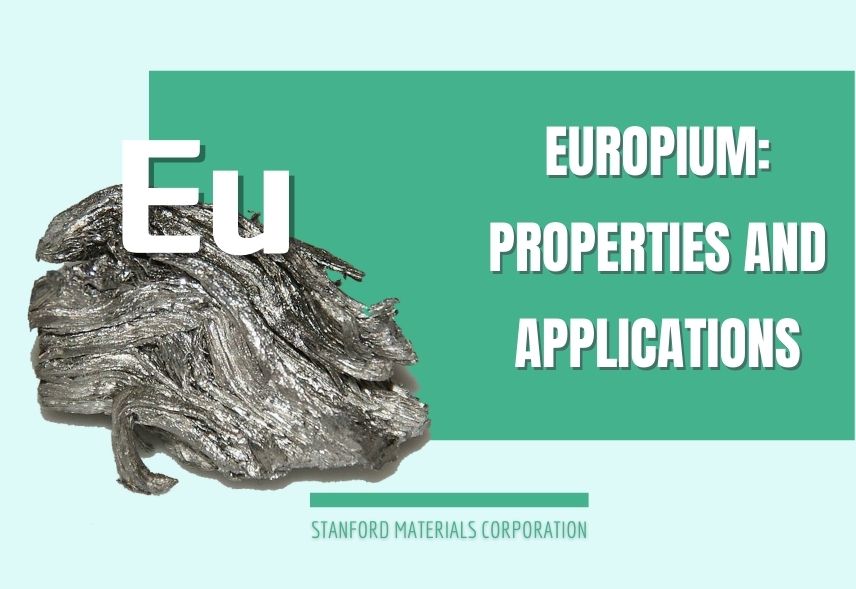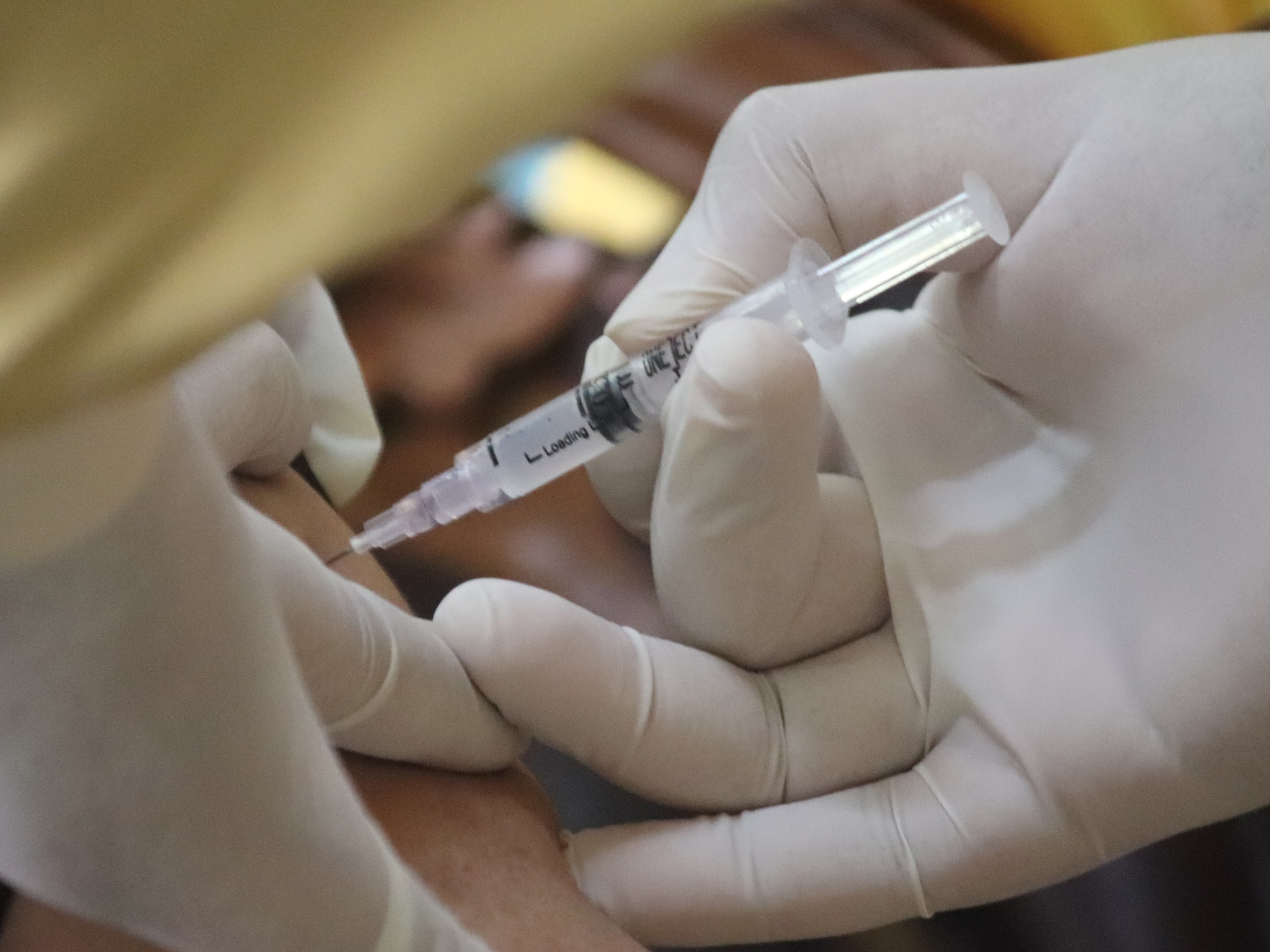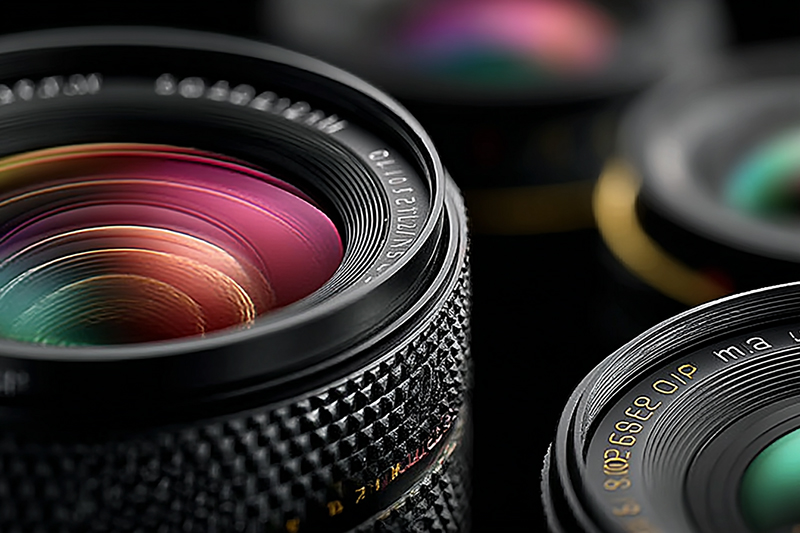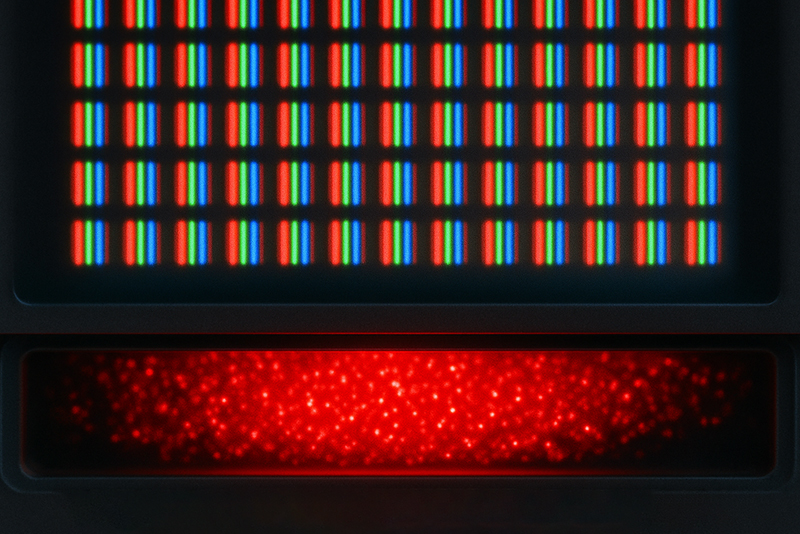
Europium belongs to the Lanthanide series and is known as a rare-earth element. It stands out because it is the rarest, softest, least dense, and most reactive rare-earth element. It should be stored beneath a non-reactive fluid because it is very active.
Europium is named after Europe. This rare-earth metal was found in 1890 by French scientist Paul-Émile Lecoq de Boisbaudran, who extracted it from samarium-gadolinium concentrations. However, it was Eugene-Anatole Demarcay, who also comes from France, who first isolate Europium in its pure form. Europium is derived from bastnasite and monazite. It can also be found in the sun and stars.
There are two naturally occurring isotopes of europium. The more abundant one is 151Eu while the less abundant one is 153 Eu. In addition to the two mentioned above, Europium has another 35 radioisotopes.
Most rare-earth metals have similar chemical properties. Europium is not an exception to the rule. Despite these similarities that rare-earth elements have, Europium has many properties that distinguish it from others.
Europium is a ductile, lustrous rare-earth element with a silvery appearance. It glows red due to its phosphorescence. It loses its characteristic luster very easily to oxidation.
Europium’s periodicity is responsible for its properties. Europium is located in the period 6 f-block of the periodic table. Europium has an atomic weight of 151.964 and a body-centered cubic lattice structure. It has two oxidation states, +2 and +3, respectively. The more stable of the two states is +3.
Europium is also solid at room temperature. It has a boiling point of 1802 K and a melting point of 1099 K.
Europium is the least dense rare-earth metal. Its density is 5.264 g/cm3 when it is solid. However, when it is liquid, its density decreases to 5.13 g/cm3.
Numerous chemical processes occur with europium. It is quickly oxidized in the air and is easily combustible. It is reactive with all halogens and soluble in diluted H2SO4. When it reacts with water, it forms europium hydroxide.
Europium is one of the softest rare-earth metals. It is soft enough to be cut through with a knife. It is paramagnetic above 90 K but is antiferromagnetic below 90 K. It is also electropositive, and its electronegativity on the Pauling scale is 1.2.
There are several uses for europium in the modern world. These applications are owing to both its physical and chemical properties. It is typically utilized as a part of an alloy or compound, like the majority of other rare-earth metals. Here are some of the applications of Europium:
Europium is used in the production of television screens. The phosphorescence of Europium is what makes it suitable for use in the production of television screens. Europium is utilized as a red phosphor for color television screens in its oxidized state.

Europium can be utilized in computer screens just as in color television screens. The phosphorescent property of Europium is again responsible for this application.
Europium is used as a dopant for semiconductors. The doped material can be used for laser technology.
Europium can be used in printing banknotes to detect counterfeit notes. Europium will usually have a red glow under UV light. However, counterfeit banknotes will not have this glow under UV light.
Europium sputtering targets and europium evaporation materials are used in deposition processes including semiconductor deposition, chemical vapor deposition (CVD), and physical vapor deposition (PVD).
It hasn't been clearly shown that Europium is a superconductor, although it is believed to be one. It is used in producing alloys for materials, equipment, or tools that require a superconductor.
Europium compounds can be added to antibodies. These antibodies react with antigens to form antigen-antibody complexes. The Europium compounds give off a red glow that can be used to quantify the antibodies in body fluids.

The cross-section for neutron capture in europium is large. This enables it to be utilized in nuclear reactors as a control rod.
Europium compounds are used to produce quantum memory chips. Qubits are the basic unit of data storage in quantum computers. Research and works are still ongoing toward developing quantum memory chips.
Compared to other rare-earth metals, europium is one of the most expensive and least used. However, the benefits of using it typically surpass the costs of obtaining it. It is particularly crucial in fields that employ phosphorescence.
If you want to know more about rare earth elements, we would like to advise you to visit Stanford Materials Corporation (SMC) for more information.
Eric Loewen
Eric Loewen graduated from the University of Illinois studying applied chemistry. His educational background gives him a broad base from which to approach many topics. He has been working with topics about advanced materials for over 5 years at Stanford Materials Corporation (SMC). His main purpose in writing these articles is to provide a free, yet quality resource for readers. He welcomes feedback on typos, errors, or differences in opinion that readers come across.

 Inquiry List
Inquiry List


